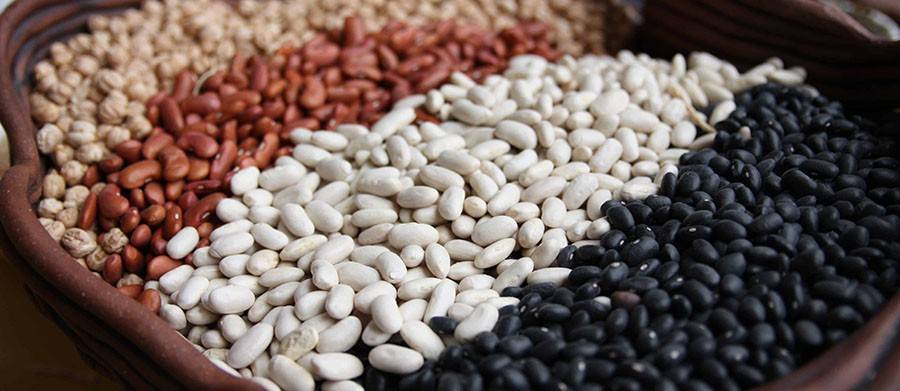Some of the easiest vegies to grow are beans. It doesn’t have to be tackled by only those with experience when you grow beans in your vegetable garden but this is also ideal for first-time gardeners. It may sound challenging at first, but if you know and can provide the needed requirements for growing these crops, you’ll soon find enough reaping this wonderful bounty.
Beans come in numerous varieties consisting of both annual and perennial. Annual beans have a span of one season and can only grow in cool climates while those perennial beans lasts for many seasons and can only grow in warm climates.
Annual beans are those that are dwarf and climbing forms. The purple climbing bean is a vigorous variety that produces a medium-sized, flat, dark purple pod and has an attractive purple flower. On the other hand, the dwarf varieties are the easiest to grow. They grow in the form of small, bushy plants which are close to the ground. They are high yielding if you only have a small amount of space. They grow successfully in pots with plenty of food and water. It requires little care and can be picked if you feel the need to freeze or cook them.
Perennial beans such as runner bean and scarlet runner bean are plants in the legume or Fabaceae family. It is grown both as a food plant and an ornamental plant. Scarlet runner beans are very attractive that produces colourful scarlet flowers.
Beans can be planted in hills or rows depending on your personal preference and the type of beans to grow. They are best grown from seed sown directly into a soil. Beans need adequate moisture. The use of composted leaves will help retain moisture and can control weeds.
Climbing beans are sensitive to cold, therefore you should take into consideration the location on where to plant these beans.
Majority of the varieties of dwarfs produces the bulk of their crop over two-week period. It would be better to make a successive sowings every three weeks for a continuous supply.
It is recommended to choose a sunny patch of well-drained and a good garden soil.
- Have in mind to prepare the soil with compost as well as putting stakes or climbing frames in place before sowing.
- Keep the soil evenly moist while you wait for the seeds to germinate
- Recommended spacing is required when sowing the seeds.
- Apply an organic mulch after the seedlings have emerged to keep the soil moist, block weeds and always keep the roots cool during hot spells.
- Remember that high heat or dry soils can cause flowers to drop off prematurely
- Water the beans at least once a week when the plants are growing strongly.
- Since beans are legumes, they can fix their own nitrogen, but you still amend the soil with organic matter.
- In general, most beans need bees for pollination.
Related TAg: buy garden shed


